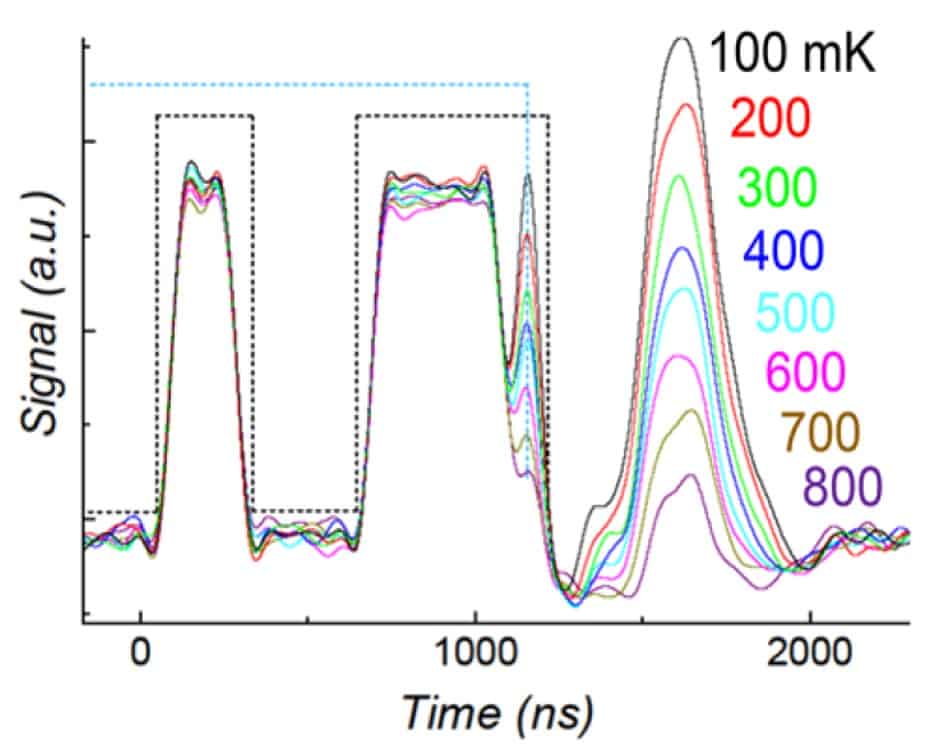
References:
Rebecca Cebulka and Enrique Del Barco
“Sub-Kelvin (100 mK) time resolved electron paramagnetic resonance spectroscopy for studies of quantum dynamics of low-dimensional spin systems at low frequencies and magnetic fields”
Rev. Sci. Instrum. 90, 085106 (2019)
See more articles on this and similar topics.
Learn more on this general research topic.